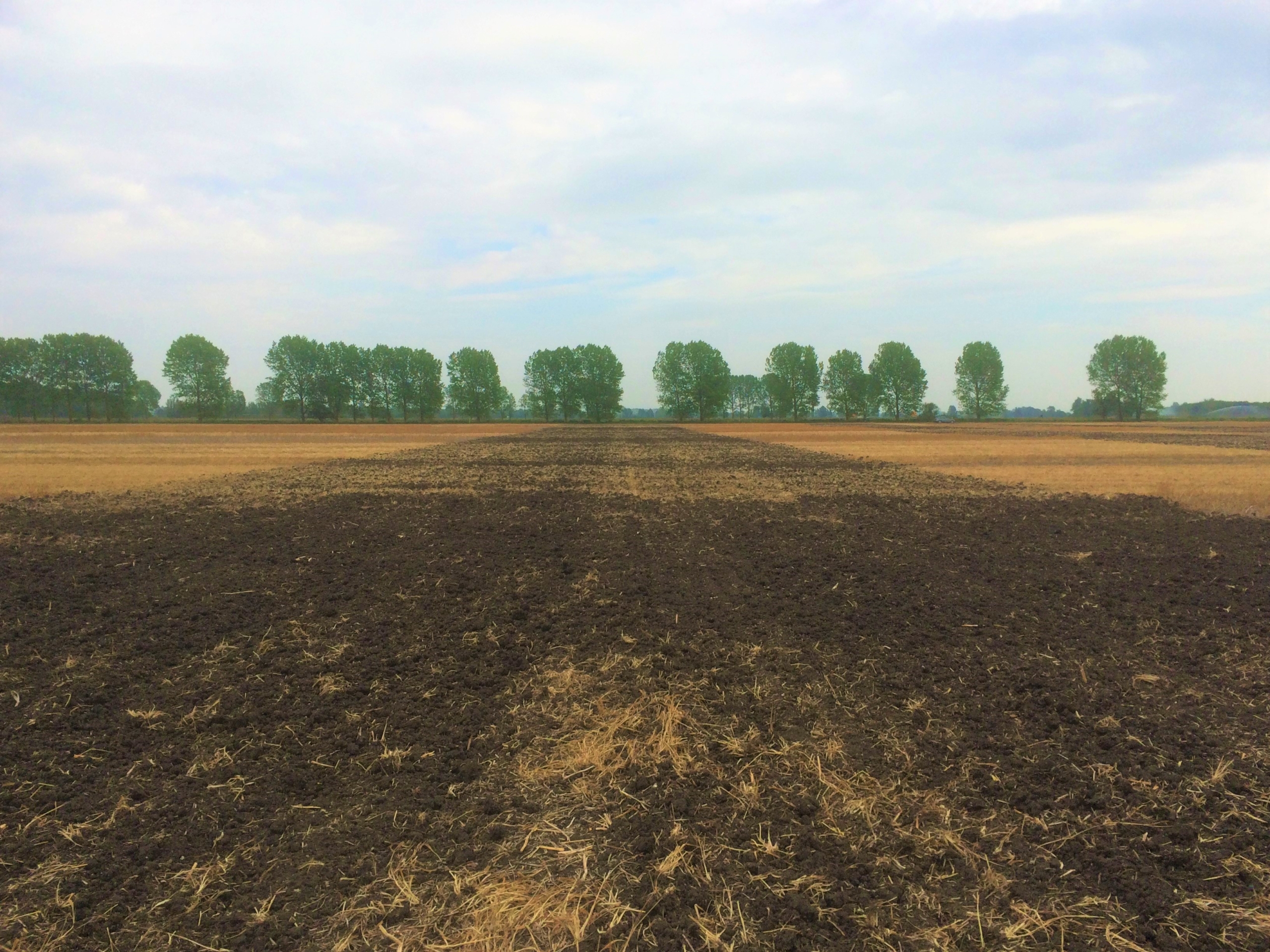Soil, carbon and climate change
05/11/2021

Organic matter in soil, which contains carbon originating from plants and organisms, is an important part of regulating the Earth’s climate. Soil is a huge store of carbon and is estimated to contain three times more carbon than the atmosphere!
However, in many areas soil carbon has been lost from soils through land use change, unsustainable land management. The soil carbon is also vulnerable to loss under increasing temperatures due to climate change. It is important to recognise that soil can both capture carbon and also be a source, by releasing carbon dioxide back into the atmosphere from the breakdown of organic matter.
Understanding where and how much carbon is stored in soil can help us focus on areas for protection, restoration, or improvement of soil organic matter. These maps can identify where we should be protecting and restoring soils that naturally have large carbon stores, such as peatlands. It can also recognise areas where there is the potential to increase carbon by changing land management or land use, such as areas of cropland that have been depleted in organic matter.
Take a look at the maps we have produced using soil data in England and Wales https://www.cranfield.ac.uk/themes/environment-and-agrifood/landis We used our soil carbon data in a global effort to determine the amount of carbon stored in soils across the planet – the total was a massive 680 billion tonnes of carbon in just the top 30 cm of soil! http://54.229.242.119/GSOCmap/
Categories & Tags:
Leave a comment on this post:
You might also like…
Keren Tuv: My Cranfield experience studying Renewable Energy
Hello, my name is Keren, I am from London, UK, and I am studying Renewable Energy MSc. My journey to discovering Cranfield University began when I first decided to return to academia to pursue ...
3D Metal Manufacturing in space: A look into the future
David Rico Sierra, Research Fellow in Additive Manufacturing, was recently involved in an exciting project to manufacture parts using 3D printers in space. Here he reflects on his time working with Airbus in Toulouse… ...
A Legacy of Courage: From India to Britain, Three Generations Find Their Home
My story begins with my grandfather, who plucked up the courage to travel aboard at the age of 22 and start a new life in the UK. I don’t think he would have thought that ...
Cranfield to JLR: mastering mechatronics for a dream career
My name is Jerin Tom, and in 2023 I graduated from Cranfield with an MSc in Automotive Mechatronics. Originally from India, I've always been fascinated by the world of automobiles. Why Cranfield and the ...
Bringing the vision of advanced air mobility closer to reality
Experts at Cranfield University led by Professor Antonios Tsourdos, Head of the Autonomous and Cyber-Physical Systems Centre, are part of the Air Mobility Ecosystem Consortium (AMEC), which aims to demonstrate the commercial and operational ...
Using grey literature in your research: A short guide
As you research and write your thesis, you might come across, or be looking for, ‘grey literature’. This is quite simply material that is either unpublished, or published but not in a commercial form. Types ...






